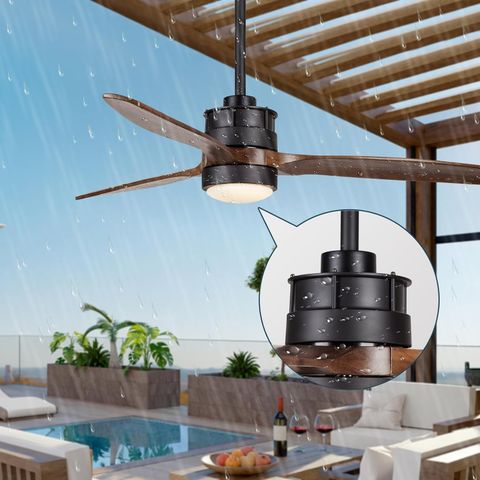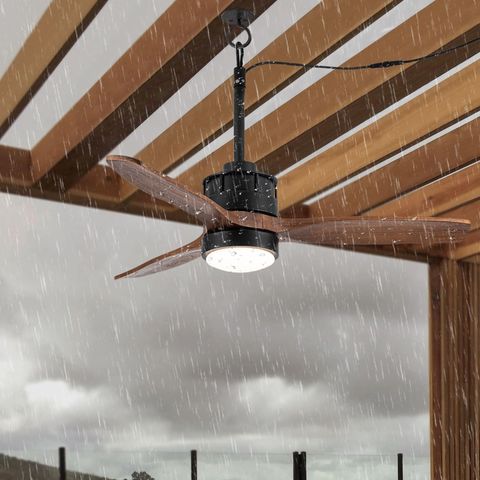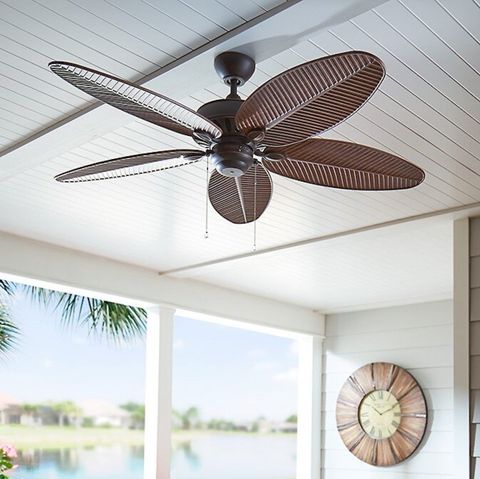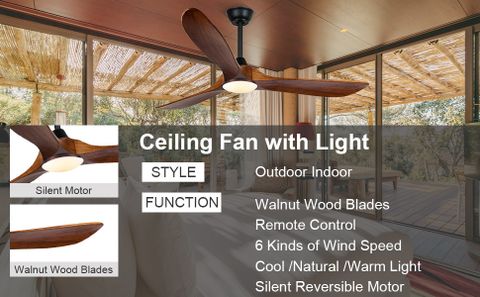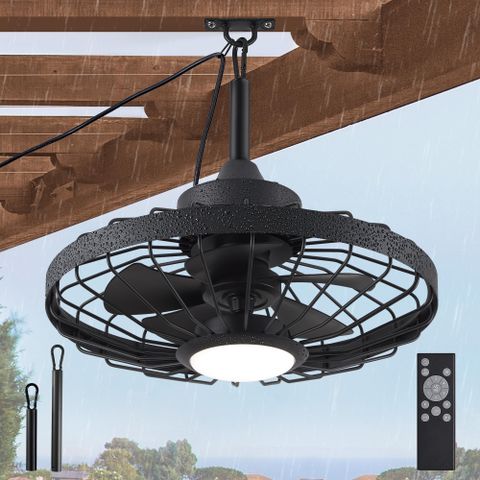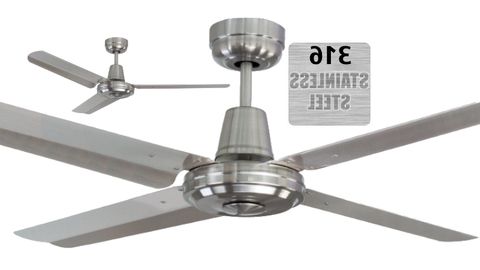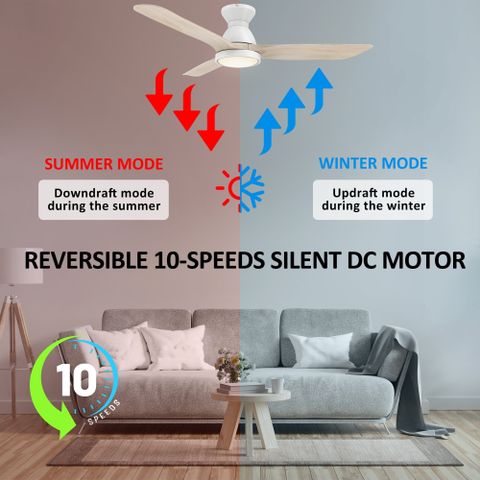Picture this: you’re relaxing on your patio, enjoying the warmth of summer, when suddenly a gentle breeze sweeps across your face. That’s exactly what a quality outdoor ceiling fan should do. But here’s the thing – not all fans are created equal, especially when it comes to fighting off the relentless grip of humidity. In places where moisture is king, choosing the right outdoor ceiling fan isn’t just about comfort. It’s about durability, safety, and making sure your investment lasts.
When you’re planning an outdoor living space, whether it’s a covered porch, a screened-in deck, or an open-air patio, one of the most important decisions you’ll make is selecting the right ceiling fan. But if you live in a region with high humidity levels, this choice becomes even more critical. The difference between a fan that performs beautifully for years versus one that rusts away in months can come down to understanding how humidity affects fan components. Let’s talk about what makes a fan truly suitable for humid conditions, why it matters, and how to spot the right one for your space.
Understanding Humidity’s Impact on Outdoor Fans
Humidity doesn’t just make your clothes feel sticky. It attacks metal components, causing corrosion and rust that can turn a perfectly good fan into a dangerous hazard. In humid environments, moisture can seep into fan blades, motor housing, and electrical connections. This leads to premature wear, reduced performance, and potential safety issues. Think about it – your fan isn’t just spinning air; it’s constantly battling against nature’s attempt to break it down. That’s why we need to look beyond basic aesthetics and focus on materials that can stand up to this daily assault. The right fan will have protective coatings, sealed motors, and corrosion-resistant parts that work together to resist moisture.
Key Materials to Look For
Not every material is created equal when facing humidity. Aluminum and stainless steel are your best friends in these conditions. Aluminum doesn’t rust like iron does, and it handles moisture much better than wood or painted metals. Stainless steel offers excellent resistance to corrosion and is often used in marine environments where salt water is a constant threat. Some fans feature powder-coated finishes that provide extra protection against the elements. These coatings aren’t just decorative – they act as barriers against moisture penetration. However, it’s important to note that not all powder coats are created equal. Look for those with UV protection to prevent fading and degradation from sun exposure. Some manufacturers offer specialized coatings designed specifically for coastal or tropical climates.
Motor and Electrical Protection
The heart of any ceiling fan is its motor, and in humid conditions, this component needs special attention. Look for fans with sealed motors that protect internal components from moisture infiltration. These motors typically have waterproof ratings such as IP44 or higher, which means they can handle splashes and light moisture exposure. You might wonder why this matters so much. Well, when moisture gets inside a motor, it can cause short circuits, reduce efficiency, and eventually lead to complete failure. Additionally, the electrical components should be properly insulated and protected. Many quality fans feature molded electrical boxes and waterproof connectors that add an extra layer of security. It’s worth noting that some fans use DC motors instead of traditional AC motors, which can offer better energy efficiency and potentially longer lifespan in challenging conditions.
Blade Design and Performance
In humid climates, blade design becomes even more crucial for both performance and longevity. Blades made from materials like PVC or composite materials tend to hold up better against moisture than traditional wooden or painted blades. They won’t warp, crack, or peel under constant exposure to humidity. The shape of the blades also matters. Some designs are specifically engineered to move air efficiently while minimizing water accumulation. The pitch angle – how steeply the blades are angled – affects airflow and should be optimized for your climate. Fans with larger blades can move more air, but they also need to be carefully balanced to avoid vibration issues, especially when wet. Consider fans with adjustable blade angles or multiple-speed settings for maximum flexibility in varying weather conditions.
Weather Rating and Certification
Every serious outdoor fan should carry proper weather rating certifications. Look for models that meet UL (Underwriters Laboratories) standards for outdoor use, particularly those rated for damp or wet locations. These ratings tell you exactly what kind of environmental conditions the fan can handle. A fan rated for damp locations can withstand moisture but shouldn’t be directly exposed to rain. Those rated for wet locations can handle direct exposure to water and humidity. Many fans also carry NEMA (National Electrical Manufacturers Association) ratings that specify their ability to resist dust, moisture, and corrosion. Reading these labels carefully can save you from disappointment later. Some manufacturers go beyond basic requirements and offer additional certifications specific to tropical or coastal environments.
Installation and Maintenance Considerations
Even the best fan will fail if it’s not installed correctly. Proper mounting hardware and techniques are essential for humid environments. Many outdoor installations require special brackets or mounting systems designed to prevent water infiltration. The mounting surface itself matters – ensure it’s properly sealed and waterproofed. Regular maintenance becomes even more important in humid climates. Cleaning schedules may need to be adjusted to account for faster accumulation of dirt, mold, or mildew. Some fans come with removable blades or easily accessible motor components that make routine cleaning simpler. Don’t overlook the importance of having a qualified electrician install outdoor fans, especially those with complex wiring or special mounting requirements. Proper installation is half the battle won.
Choosing the right outdoor ceiling fan for humid climates isn’t just about picking something that looks good. It’s about making a smart investment in your outdoor living space that will serve you well for years to come. Remember that the cheapest option isn’t always the most economical in the long run. A fan that’s built to last in your environment will save you money on replacements and repairs while providing consistent comfort. Take time to research materials, ratings, and reviews before making your decision. Pay attention to how the manufacturer addresses moisture concerns and what warranties they offer. Ultimately, you want a fan that feels reliable, performs well, and gives you peace of mind knowing it can handle whatever your local climate throws at it. Whether you’re entertaining guests or simply relaxing after a long day, your outdoor space deserves a fan that’s ready for anything.
